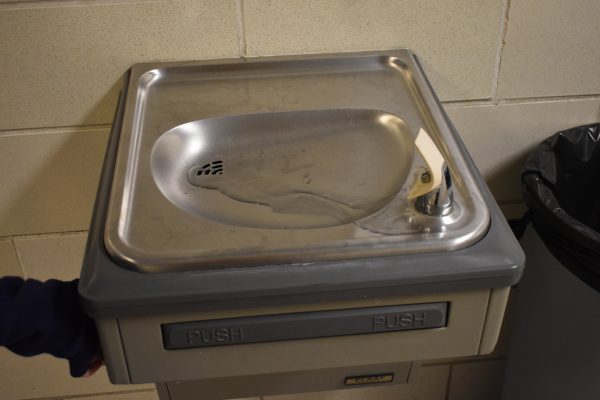Lunch Program Changes Proposed
December 17, 2018
As of this week, the Department of Agriculture announced its final plans to lower nutrition standards for grains, flavored milks, and sodium in school cafeterias. These nutritional standards were part of Michelle Obama’s healthy, hunger-free kids act of 2010. The changes, all of which will go into effect by July, apply to school meals that qualify for at least some federal reimbursement. The changes may seem minor, but like any of Trump’s moves to reverse Obama-era policies, they will come with controversy.
The Obama-Era rules required that schools must serve “whole grain-rich food”. Currently, foods like pasta and bread must contain 50% whole grains. Under the new rules, only half of the weekly menu must be whole grain rich.
The Trump administration asserts in the new rules that administrators have struggled to find food that fits these requirements and pleases students. Schools have been able to request exemptions from the rules if they demonstrate financial hardship. Not all food service administers have problems with the current rules.
As for the milk, the Trump administration is allowing schools to serve low-fat flavored milk, rather than just the nonfat version. This change was already in place for this school year, but Thursday’s announcement made it permanent. Their thought is that it will increase students’ milk consumption.
“This might be a better change. I think that this change might make students enjoy lunch more. Also, for elementary school students having more fatty foods can help them grow,” says Lily Foster, a freshman a Lafayette.
Of all the students I talked to about this change most thought it would be a positive change and make them like the lunch more. By July, we will see the effects of the program change.















